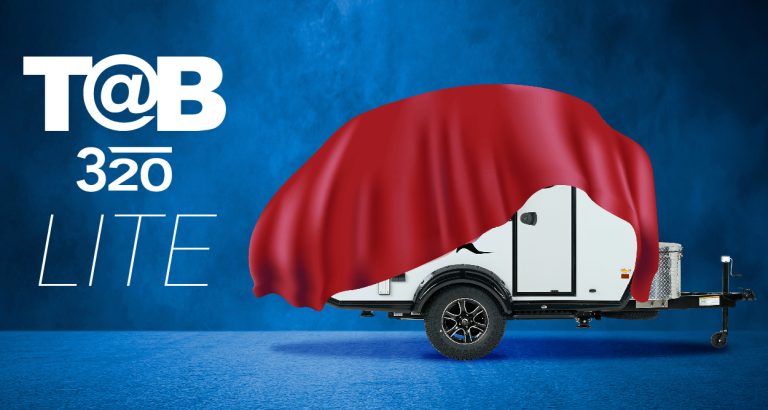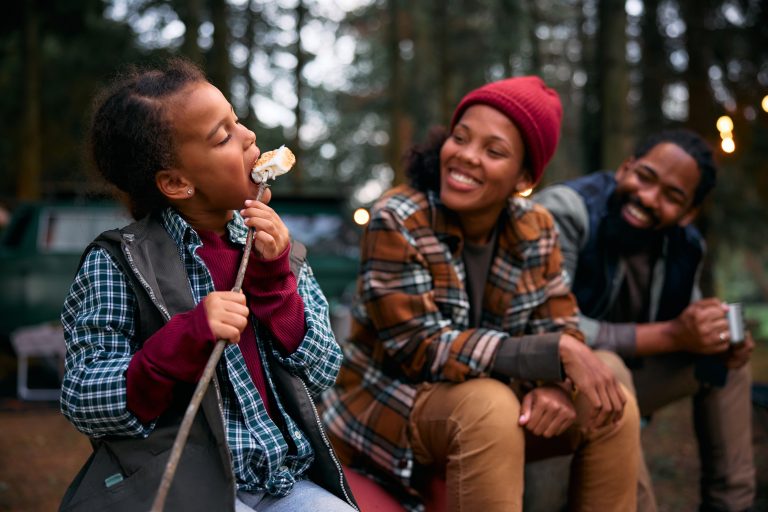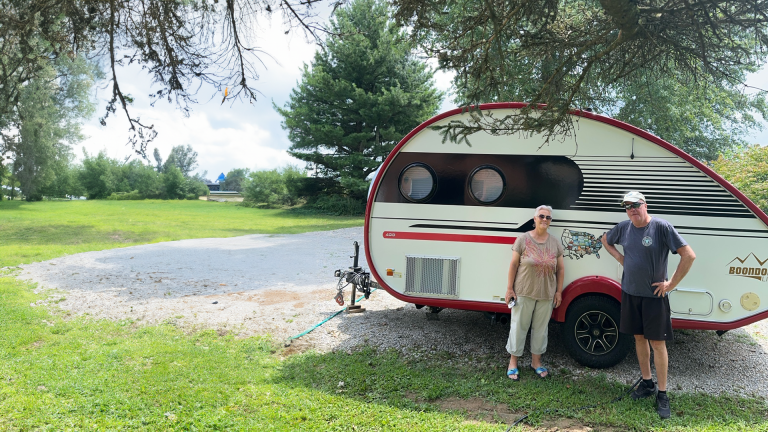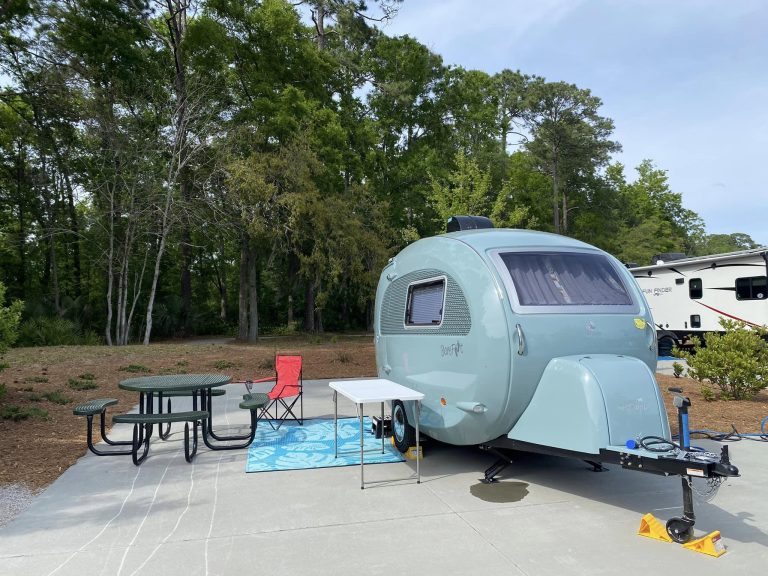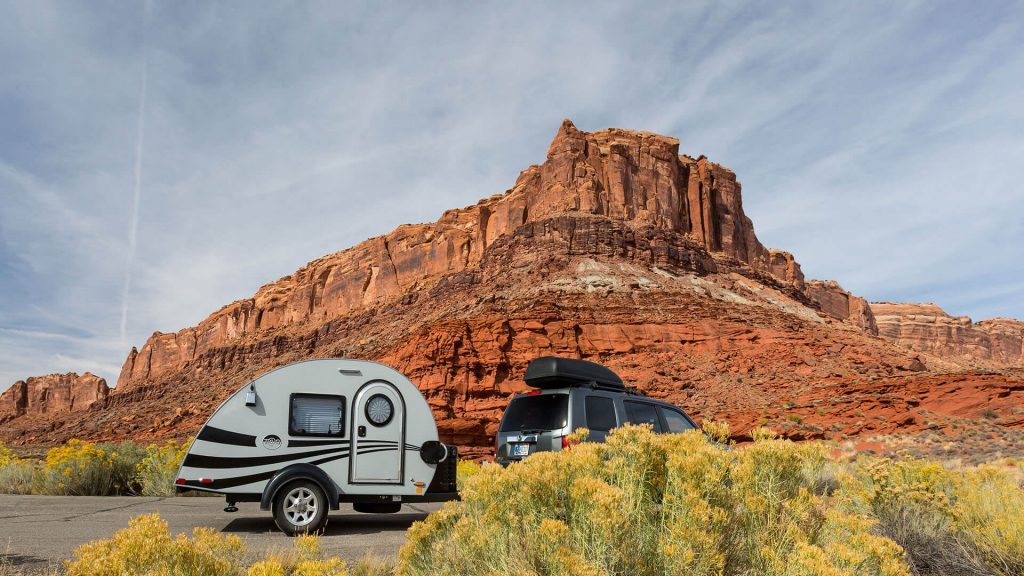RVs, Portable Showers & the Occasional Hike
Camping like a professional isn’t too hard if you know what comfortable, safe camping should look like. The problem is that many people don’t know what things should be kept in consideration, which items are essential (and which only weigh you down), and how portable facilities should be used and maintained.
Today we’ll discuss a few tips and tricks that can help improve your camping experience without requiring you to spend too much money, so let’s start from the top:
Recreational vehicles and why they are more practical than regular cars and trucks
Unless you’re trekking, you’ll want to ride to your camping destination with a vehicle in order to benefit from the extra storage space and a roof over your head in case it rains.
If we put the most fundamental benefits of vehicles on paper, trucks and cars provide almost the same advantages as RVs – a comfortable non-fatiguing ride, plenty of space in the trunk (depending on the vehicle model), and a tool that can be used to pick up groceries or campers that are running late.
However, RVs simply offer more of everything – more space for your luggage, more space for the passengers, and more space for important facilities, including a toilet, shower, and plenty more.
Sleeping in an RV is also much more comfortable than sleeping in a car, although some campers may prefer to sleep in tents or cots.
Storage-wise, you don’t need to prioritize one item over the other if you’re going camping in an RV. You can even bring fridge bags if you haven’t installed an actual refrigerator in your recreational vehicle, which makes your options in terms of food and beverages substantially more flexible.
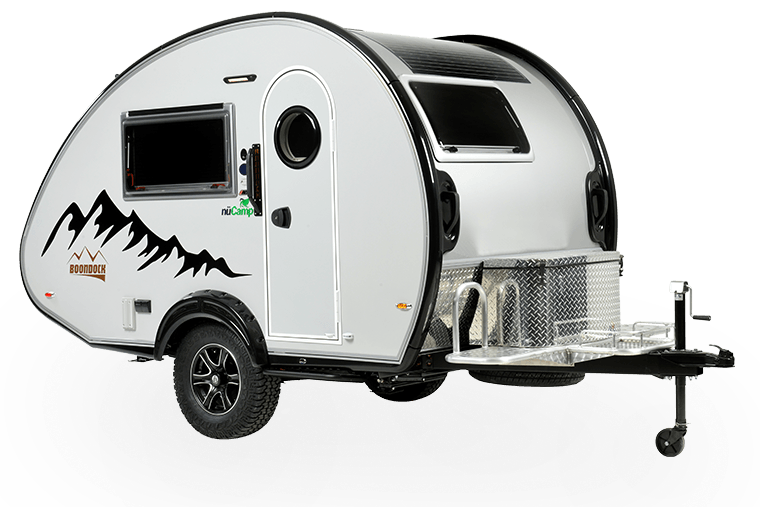
nuCamp has three teardrop trailers — the TAG, TAB 320, and TAB 400.
The TAG is the lightest and smallest option. It includes an outdoor galley in the back hatch of the camper and an external shower. The TAG XL is another option, giving the camper an additional foot in width.
The TAB 320 features a wet bath, a dinette that converts into a sleeping area, and a well-equipped kitchen. It is also available in a clamshell version that includes an outdoor galley instead of an indoor cooking area.
The TAB 400 is the largest option and features a designated sleeping area, a dinette that converts into a second sleeping area, a wet bath, and an indoor kitchen.
nuCamp also produces truck campers including the Cirrus 620, which is built for a half-ton truck, and the Cirrus 820, which fits comfortably in a 3/4-ton truck with a 6.5-foot bed.
Whether you’re a weekend warrior or you love to go out on longer excursions, nuCamp’s products are designed to elevate your camping experience and allow you to take the comforts of home in a compact, manageable space.
Camping facilities DIY
Inexperienced campers hit the road and hope for the best while veterans plan ahead and strive to make their experience as smooth and as comfortable as possible. The easiest way to do so is to pick a camping spot that already features nearby facilities, such as public toilets, sinks, convenience stores, and pre-chopped wood pieces for sale, but most of the time, you’ll have to improvise and craft these yourself.
The first step is to determine which camping facilities you can build with the tools and resources you have available. Even if you’re planning a camping trip in an RV, most people don’t bring half of their workshop and a stack of 2x4s, but fortunately, you’ll need fewer items and supplies as you get more skilled with a box of nails and a hammer.
DIY Toilet
Even though a campfire is often the first thing that pops to mind when camping is brought up, a portable toilet is the most essential camping facility.
The simplest solution is to use whatever nature has to offer, which means finding holes for the ‘number two’ and then filling it with dirt. A more comfortable option is to nail a wooden plank between two trees, dig a hole, and make a cutaway so that the end result resembles a stripped-down outhouse.
Portable Toilet and Shower
A more costly — but definitely most practical solution — is to buy a portable toilet. In fact, portable facilities are often more helpful and comfortable to use than even the best-designed DIY projects in the outdoors. The only downsides are that you won’t get an opportunity to hone your woodworking skills and that you’ll have to spend some cash for it.
Portable showers are game-changers, mainly because crafting an outdoor shower requires too much work, supplies, and money. The simplest shower bags are barely more expensive than a few bags of chips while collapsible showering tents are worth every cent.
Portable power station
Although you can manage a day or two without electricity, there’s no need to. A portable power station can charge the batteries of several smartphones at once while providing you with enough electricity to power up hanging lamps, creating a better atmosphere for nighttime camping.
Portable generators can also provide power to electric appliances, such as skillets, fans, knives, and such. Although it’s not a necessity, it can make a huge difference.

Camping & Hiking
The two never exclude one another, and hiking while camping is a great way to take in the beautiful fresh air and enjoy the scenery. There are only a few things that professional campers do better in terms of camp-hiking, most of which revolve around navigation and safety.
Use Google to check for wildlife before heading out
It’s always smart to avoid any unpleasant encounters, no matter how good of a story that may have been. Wild wolves, bears, and boars can be seen almost everywhere across the globe, although they favor certain spots and steer clear of others. Use Google to check for any dangerous wild animals near your chosen camping spot.
In addition to that, it may also be worthwhile to check for edible and poisonous plants. Should you run out of food and if the situation has it that there are no convenience stores nearby, you could prepare a tasty dish and keep your bellies full this way.
Navigational tools
Even if you’ve frequented a particular camping spot for years, it’s easy to get lost in the woods should you take a wrong turn or two. A compass always comes in handy, as it allows you to pinpoint your starting position and the direction you should take when you wish to return.
Regardless of the fact that compasses are generally accurate and reliable, they’re not perfect. An actual map of the surrounding area can help you get back on the hiking trail if you get lost, but a GPS system is even more useful. However, certain spots have poor signal reception, which is necessary for GPS systems to work in the first place.
Generally, most people hike along designated hiking trails, but some camping locations don’t offer any. Consider bringing a compass and a map along just in case.
We hope that this rundown was useful to you and that you have learned something new today on how to camp like a true pro. Make sure you are staying safe in these times we are all going through and have a good one, guys!
Recent Articles
